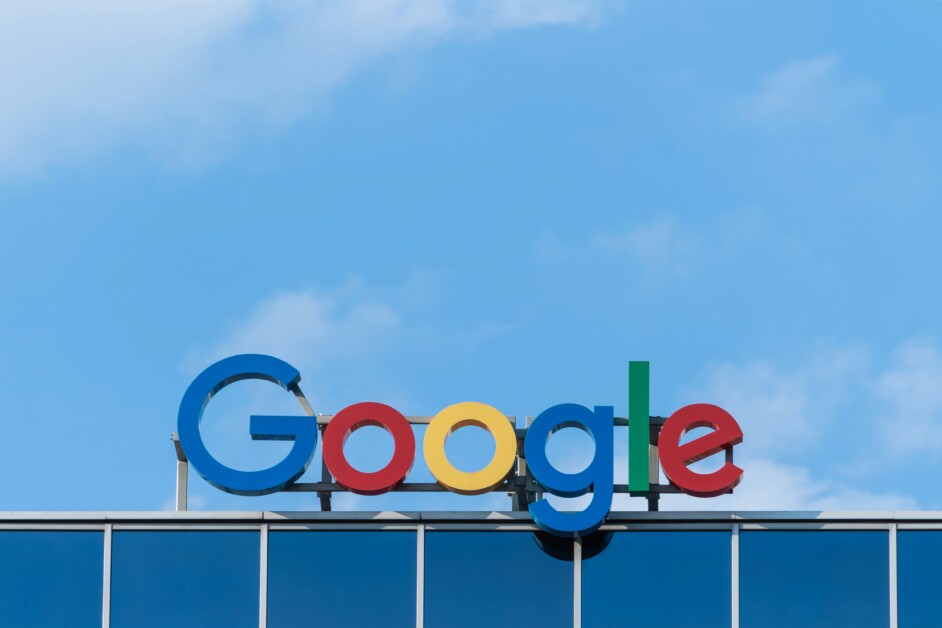Over the past year or so, free ad-supported television (FAST) has become more popular with viewers. As streaming services compete for subscribers, many are willing to have a little patience if it means paying less for access to exclusive content. In this climate, Google is reassessing its advertising approach for its Google TV platform.

Marketing with the Internet
The internet changed everything, so it’s no surprise that it changed how marketers reach their audiences. Goods and services moved online in a short decade or two, resulting in massive industries like e-commerce.
This also happened in entertainment, best seen with online casinos from the iGaming industry and later, video-on-demand streaming pioneered by Netflix. The internet became the place to be when watching movies, TV shows, or logging into a website to play games like the Betfair Spin Till You Win roulette wheel. Among its many other uses, the internet became the home of accessible entertainment and endless marketing opportunities.
With this online explosion, most site owners monetized in two ways – ads pinned to their content or the premium subscription/purchase model. Video-on-demand streamers opted for the latter, but quickly started to reassess once the model took off. Netflix transitioned to a production titan creating its own original movies and shows, and competitors like Amazon are following suit. To chase viewership figures, they steadily introduced tiered subscriptions that offer different benefits for customers with tighter budgets. In Amazon’s case, they are exploring FAST channels through Amazon Live and Freevee, while Netflix has stated they are open to the possibility.
In going mainstream, video-on-demand streamers found themselves stuck halfway between the two systems – ad-less subscription content and free (or cheaper) ad-filled entertainment. Now they are introducing measures that keep subscribers happy while satisfying the audiences that don’t mind seeing ads, to an extent.
Google Ad Plans for Google TV
During the rise of Netflix and its competitors, smart TVs gained pride of place in homes across the world. They go hand-in-hand, as new TV models come pre-loaded with most of the biggest streaming services available. For example, streamers like Netflix get dedicated buttons on remote controls, including the clicker for Google’s Chromecast plug-in.
To try to emulate the classic TV experience, Google launched the new and updated Google TV interface. It compiles hundreds of channels and other content from every app installed on the smart TV, and then categorizes them all. In short, it means users don’t have to hop around, and the content is labeled by genre, popularity, online trends, and other discoverability metrics that users might be interested in. It does many of the same things that Smart IPTV does, but fully integrated into Google products.

Seeing the popularity of what they call “connected TV”, Google has outlined changes to its ad system in its latest Google Ad & Commerce Blog. They have noticed that the 125 channels offered through Google TV, which include shows, movies, and live sports, access 20 million active devices across its Google/Android platforms. Google believes those numbers have a lot of room to grow since YouTube’s free service reaches over 150 million front rooms every month. They also note that 60% of US households now watch free, ad-supported streaming services/channels, citing Deloitte figures.
All of those findings led them to one conclusion – it’s time to open up the Google TV network for more advertising. For consumers, the impact is relatively non-existent as the ads are applied to free ad-supported television, where advertising is expected. It will mean viewers through Google TV can expect short bumper ads and unskippable in-content ads going forward, taking after the YouTube formula for delivering ads.
Caroline is doing her graduation in IT from the University of South California but keens to work as a freelance blogger. She loves to write on the latest information about IoT, technology, and business. She has innovative ideas and shares her experience with her readers.





